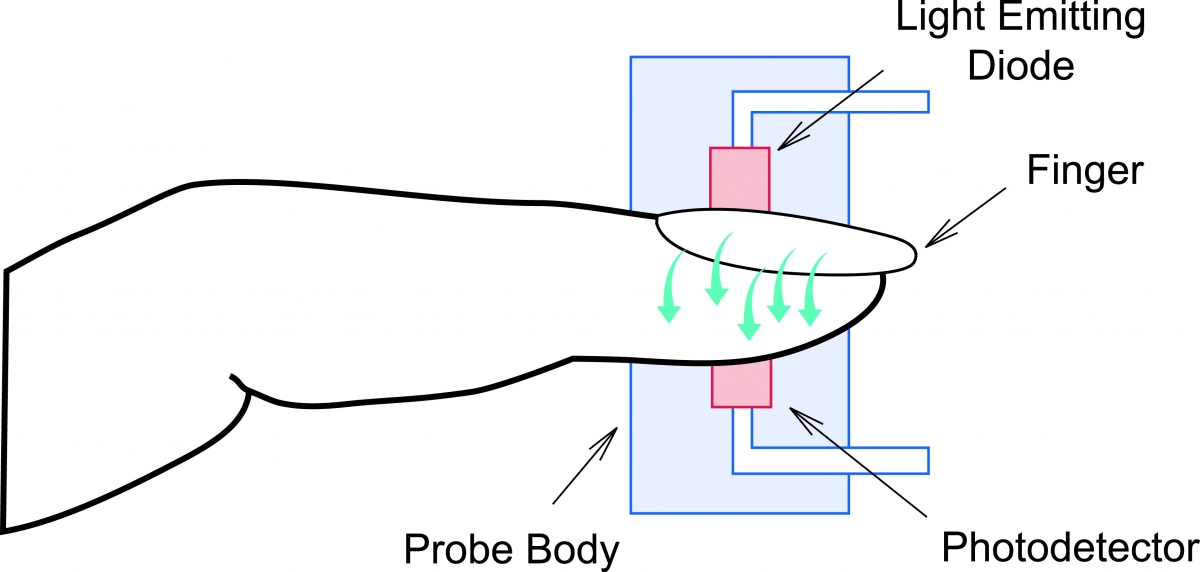All of us recognize that we need oxygen forever. (A few of you may locate this area a little as well basic. In that situation, to avoid this brief section, click this link to visit following section Physical properties used in pulse oximetry) Oxygen gets in the lungs and afterwards is passed on into blood.
The primary means oxygen is brought in our blood is by ways of hemoglobin. The oxygen molecules obtain into these automobiles as well as travel around the body till they reach their destination.
The hemoglobin with oxygen, we will call oxygenated hemoglobin (oxy Hb). Oxygen saturation simply refers to the percentage of the available hemoglobin that carries oxygen. Take the scenarios below. There are 16 hemoglobin systems and none of the 16 have oxygen. The oxygen saturation is for that reason 0 %. Below, 8 of the 16 Hb have oxygen.
Some Known Questions About Oxygen Saturation Monitor.
For 75 % And also of program, when all the Hb have oxygen, the saturation is 100 % So in summary, oxygen saturation informs you the percentage of the complete hemoglobin that is lugging oxygen. Physical homes utilized in pulse oximetry Pulse oximetry makes use of light to exercise oxygen saturation.
If a finger is placed in between the source of light and also the light detector, the light will certainly now have to pass via the finger to reach the detector. Component of the light will be absorbed by the finger and also the part not absorbed gets to the light detector. The amount of light that is taken in by the finger relies on several physical properties and these homes are made use of by the pulse oximeter to compute the oxygen saturation.
focus of the light soaking up substance. 2. size of the light path in the soaking up compound 3. oxyhemoglobin and deoxyhemoglobin absorbs red and also infrared light in different ways Do not fret! All the above will be discussed in the next sections: The physical residential or commercial properties that a pulse oximeter utilizes will certainly be described making use of the probe shown below.
Spo2 Monitor Things To Know Before You Buy

Above the finger are the light sources that give off light. In the finger is an artery which lugs the blood the pulse oximeter is interested in and a capillary whereby the blood leaves the finger. Listed below the finger is the light detector. Physical residential property No. 1: Amount of light soaked up is symmetrical to the focus of the light absorbing material Hemoglobin (Hb) soaks up light.
In the diagram listed below, the capillary in both fingers have the same size. One blood vessel has a low Hb concentration (i. e. low number of Hb in each device volume of blood) as well as the other blood vessel has a high Hb concentration (i. e. high number of Hb in each unit quantity of blood).
This building is described in a law in physics called "Beer's Regulation". Beer's Regulation: Amount of light absorbed is proportional to the focus of the light absorbing material By measuring just how much light reaches the light detector, the pulse oximeter recognizes just how much light has been soaked up. Much more the Hb in the finger, more is the light soaked up.
Blood Oxygen Meter for Beginners
2: Amount of light taken in is proportional to the length of the light course. Check out both fingers shown listed below. Both arteries have the same focus (exact same Hb per device area, blue square) Nevertheless, the artery on right is larger than the one on the. The light given off from the source needs to take a trip with the artery.
Though the concentration of Hb is the same in both arteries, the light meets more Hb in the bigger artery, given that it travels in a longer path. Longer the course the light has to travel, much more is the light soaked up. This residential property is explained in a legislation in physics called "Lambert's Law".
Physical residential property No. 3: oxyhemoglobin absorbs more infrared light than red light & deoxyhemoglobin takes in even more traffic signal than infrared light (this is described listed below!) We have seen how concentration and light path impact the absorbance of light. Along with these, the pulse oximeter takes advantage of one more vital residential property to determine oxygen saturation.
The Ultimate Guide To Oximeter Use
Before we go better, we require to remember what wavelength is. All light is made up of waves. The range in between the "ideas" of the waves is equivalent to the wavelength. Light wavelengths are very short, and also the device of dimension is nanometer (nm) (1 meter = 1,000,000,000 nanometers!).